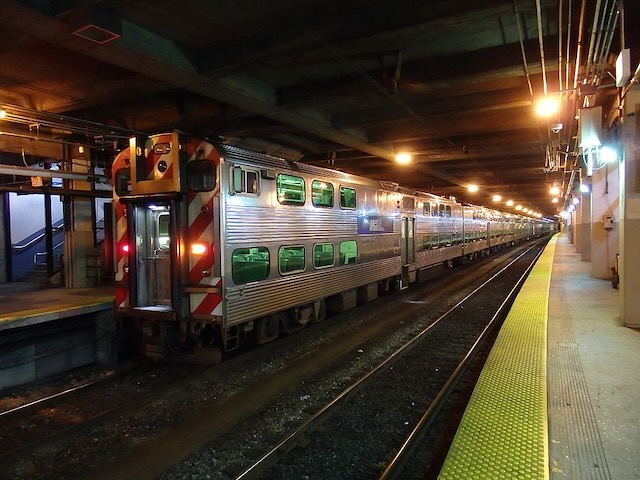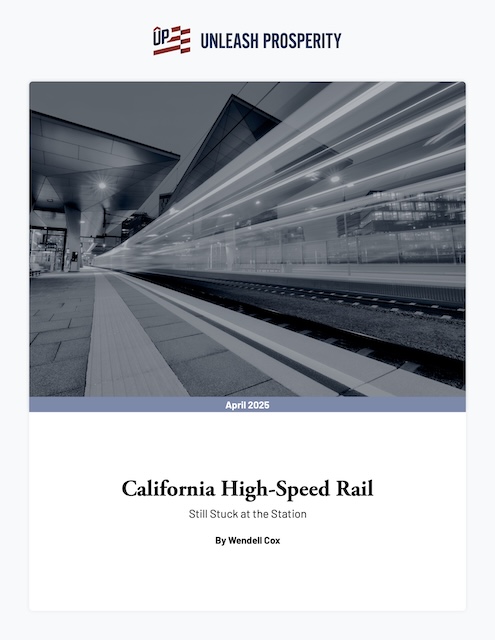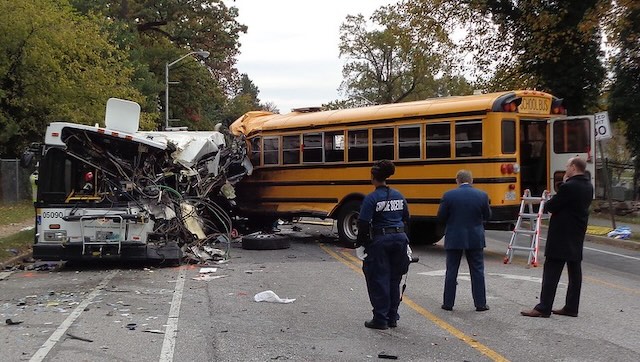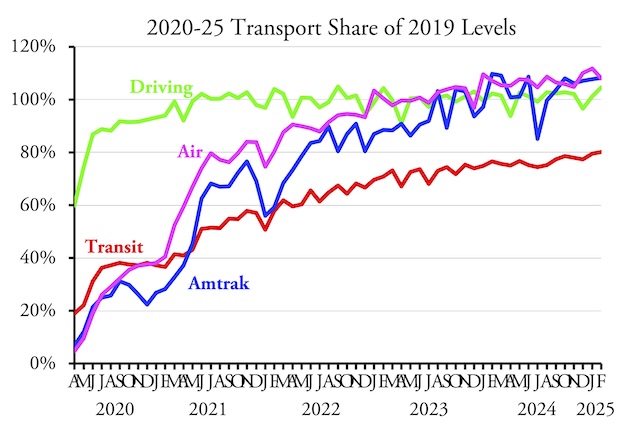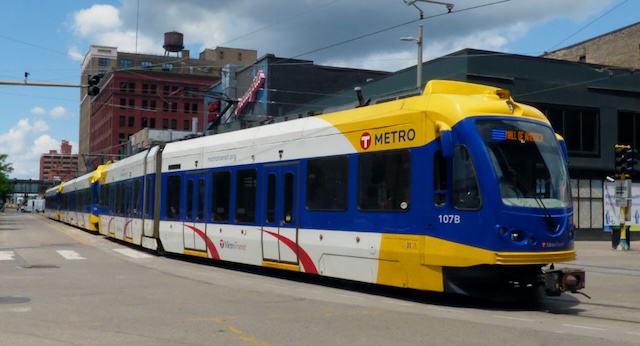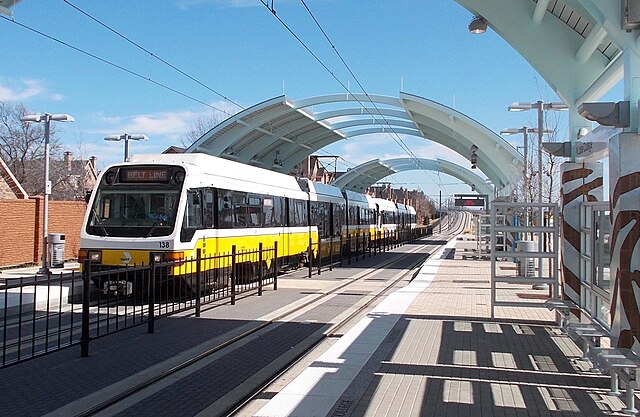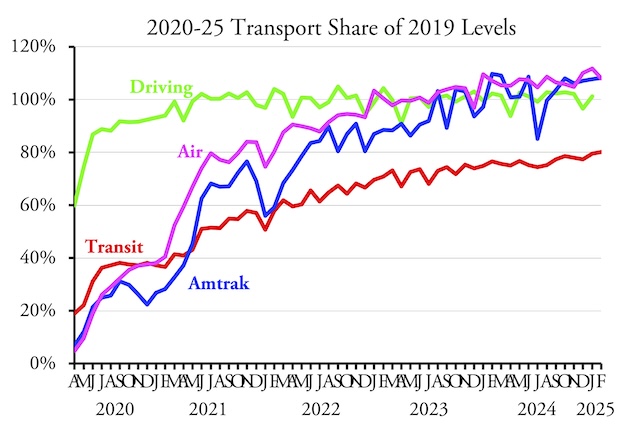YouTuber Alan Fisher, who makes videos about “city planning, transit and the rail industry,” asks the reasonable question, “what is the worst new transit project in the United States?” Without surveying all of the possible candidates (which he avoids by saying that interagency comparisons are not always possible), he asserts that the worst project is BART to San Jose.
As it happens, I made a similar suggestion a year ago. But a survey of the various projects now under construction suggests that Honolulu’s rail project is worse, at least from the point of view of local taxpayers. Continue reading

